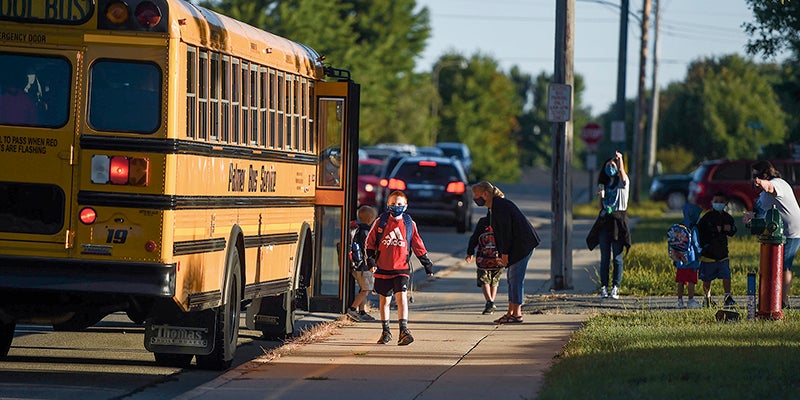Early ed: Concentrate on the investment
Published 9:56 am Monday, March 14, 2016
St. Paul Pioneer Press
Distributed by Tribune Content Agency
For good reasons, targeting early-education dollars to children most in need — rather than spreading a thin layer over everybody — is the way to go, Minnesota.
We’re counting every penny.
The state’s budget forecast is not as robust as before, as Gov. Mark Dayton said in his State of the State address last week.
“We must make our decisions over the next 10 weeks with a close eye on the next 10 years,” the governor said, noting that his No. 1 priority this session will be to protect the state’s fiscal integrity.
As we’ve observed about the dubious call for universal — rather than targeted — pre-K funding, the ongoing spending commitment alone challenges the vision for “free” (taxpayer-paid) full-day public preschool for 4-year-olds. Dayton has stressed that the measure is an option, both for school districts and parents.
Targeting is working.
“We’re getting the results,” Art Rolnick, a national leader in the fields of child development and social policy, told us.
“Scholarship kids are doing extremely well,” explains the former research director at the Minneapolis Federal Reserve Bank, now with the Humphrey School of Public Affairs. Study results show “the targeted approach works, and that it’s cost-effective, much more cost-effective than universal.”
A report in January from the Minnesota Department of Education noted among areas of strength that the program is reaching children from diverse families by race/ethnicity, economic background and other risk factors.
The MinneMinds coalition of early-education advocates reflected on another finding: that children receiving scholarships to attend programs with high ratings from the Parent Aware initiative “made the greatest gains on most key early development metrics, including early literacy skills.”
We must address Minnesota’s daunting achievement gap and educate all students.
Rolnick puts it succinctly: “Target. It’s simple. Here’s the problem. We have a solution. It is working.”
Economic disparities, too, loom large between many Minnesotans of color and their fellow residents who are white. Among the numbers in Dayton’s address: The median income of U.S.-born African American families in Minnesota is 55 percent less than for white families.
When it comes to targeting early-education dollars, Rolnick said, “Look at the message this sends to our children of color that are born into poverty.”
To their parents, he said, “we’re sending a message that this state cares so much about your kids” that we’re going to make sure they’re healthy, ready for school and that they succeed when they get there.
“I don’t think you can send a better message to these families,” he adds. “I think it’s a great response to all the concerns about racism.”
Research has demonstrated the public return on early-education investment.
“I made this argument 15 years ago and no one’s questioned it. It’s the best public investment we can make,” Rolnick told us. The sooner we start, “the more money we save down the road” on costs for special education, criminal justice and more.
The Pioneer Press last week reported on bipartisan work by Minnesota state legislators on the “A Better Chance,” or ABC Act, which would expand the reach of preschool scholarships to the state’s most at-risk children from birth to age 5.
Minnesota’s current two-year budget allocates $104 million for preschool scholarships for low-income 3- and 4-year-olds. Scholarship funding has grown since the program was created in 2013, but supporters say only about 11 percent of the need has been met, reporter Christopher Magan wrote. About $500 million is needed annually to provide scholarships to the 40,000 poor children younger than age 5 who would benefit from them.
The report also notes that early-learning advocates have encouraged lawmakers to explore how the scholarship program could work in concert with state and federal child-care subsidies for low-income families.
“There’s broad agreement that the early-learning effort is the right direction,” House Assistant Majority Leader Ron Kresha told us.
The bill targets “those students we know have the most to gain,” prioritizing, for example, children in foster care and the child protection system, said Kresha, a Little Falls Republican and its House chief author.
Progress is doable, he said, because resources are limited and when we can “narrowly focus those resources into something we know works, people get on board.”
They should, as should Dayton — an early proponent of scholarships — in the supplemental budget he proposes this week.




